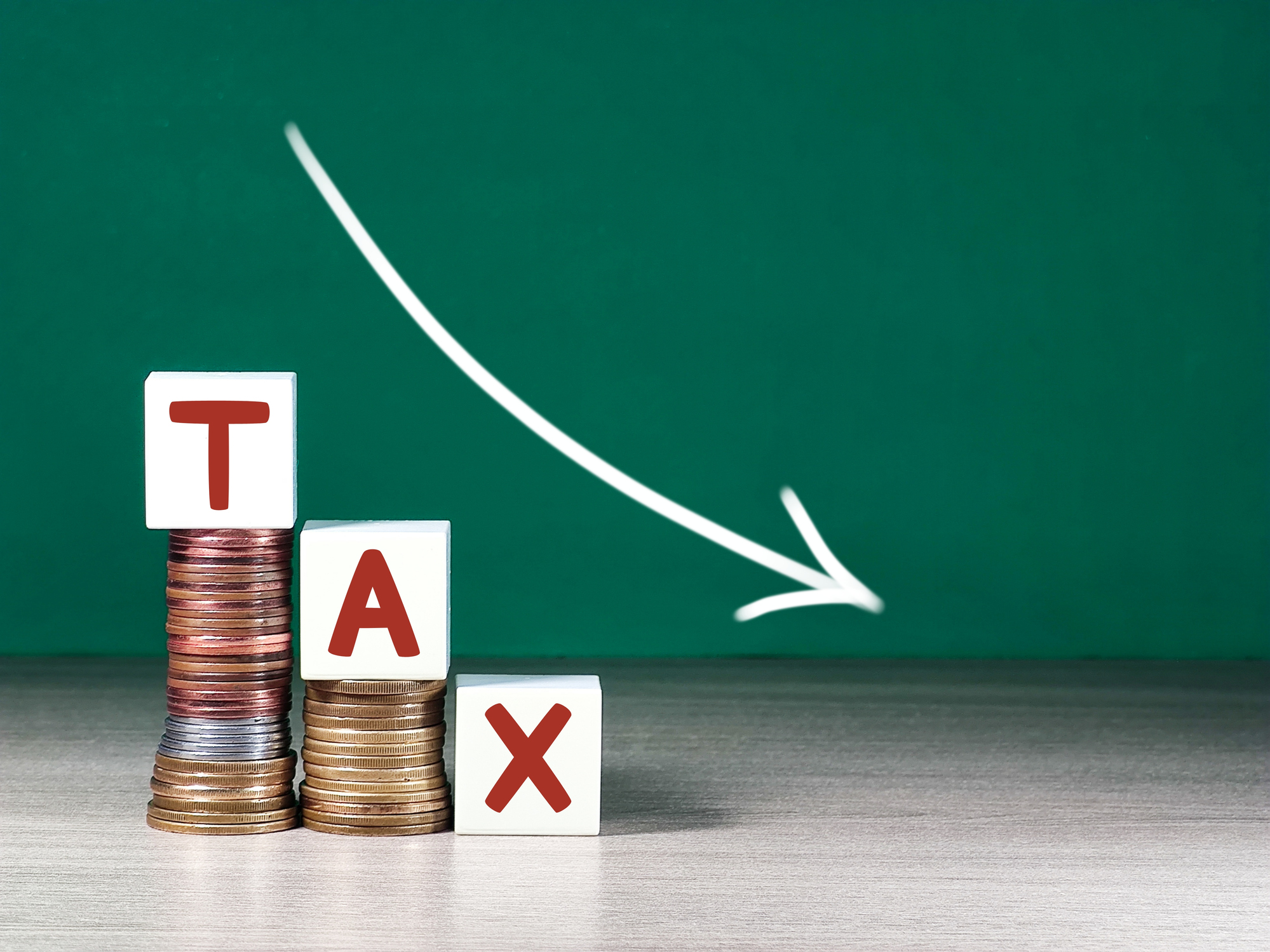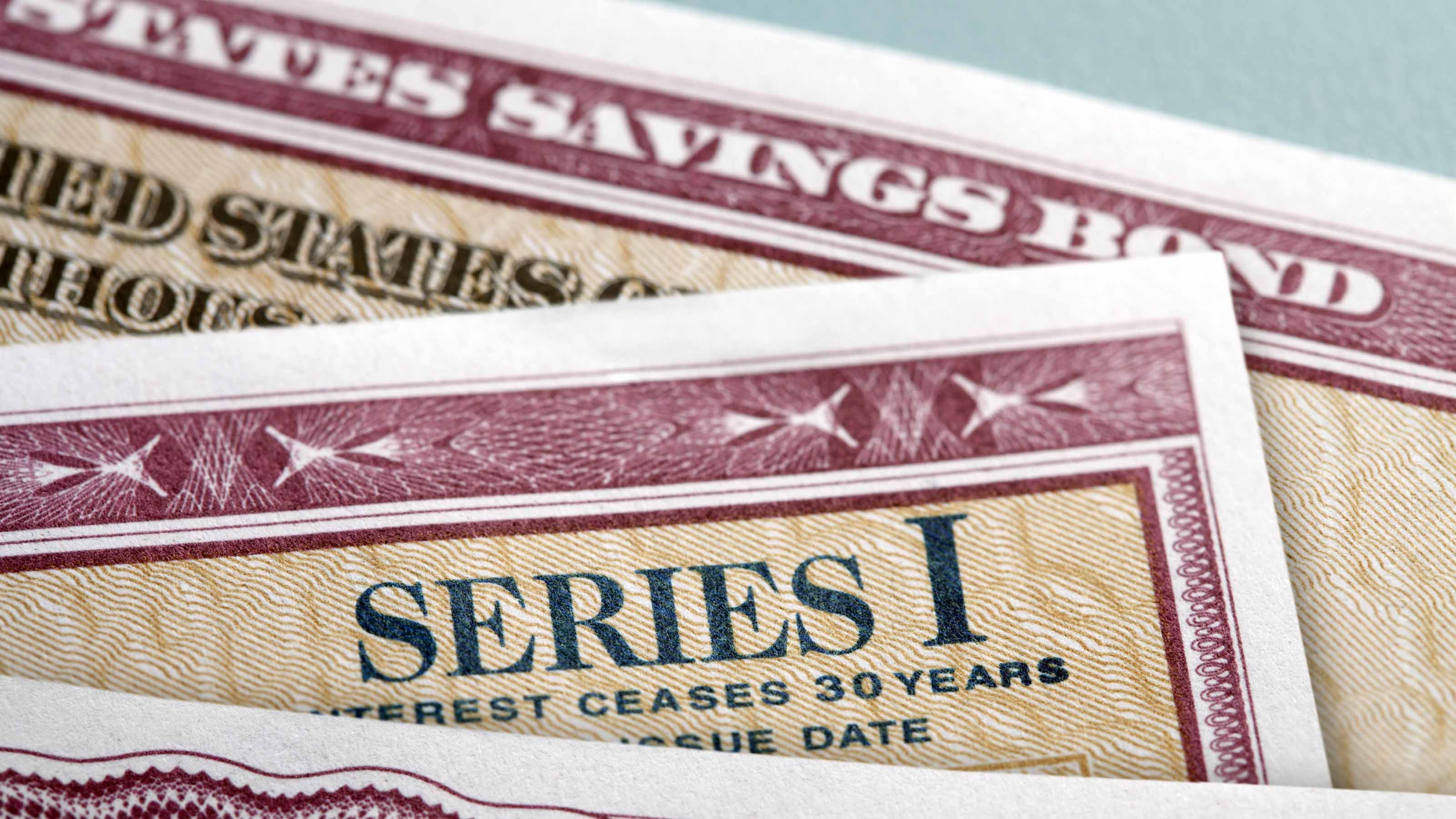How to Lower Your Tax Bill Next Year
Knowing how to lower your tax bill (pay less taxes) requires some strategizing. Here are a few tax tips to help make it happen.

Kate Schubel

Knowing how to lower your tax bill requires understanding your tax situation.
Several factors contribute to your overall tax liability, including (but not limited to) a change in income and aging dependents. Receiving a tax refund last tax season doesn’t guarantee you'll get one next year.
Staying up-to-date on federal tax changes and state tax changes can help you understand how to pay less in taxes on your income in 2025.
From just $107.88 $24.99 for Kiplinger Personal Finance
Become a smarter, better informed investor. Subscribe from just $107.88 $24.99, plus get up to 4 Special Issues

Sign up for Kiplinger’s Free Newsletters
Profit and prosper with the best of expert advice on investing, taxes, retirement, personal finance and more - straight to your e-mail.
Profit and prosper with the best of expert advice - straight to your e-mail.
Related: Three Critical Tax Changes Could Boost Your Paycheck in 2026
Lower your tax bill with deductions and credits
Taking advantage of often overlooked tax deductions and credits can potentially lower your tax liability and help you avoid a big tax bill (or get a bigger refund). Keeping detailed tax records throughout the year can also help keep you from missing out on money-saving deductions and credits when you file your return next year.
This is especially important for taxpayers who plan to itemize deductions. For example, you'll need to keep receipts if you plan to deduct gambling losses or charitable contributions.
Even if you claim the standard deduction, you might benefit from keeping detailed receipts. Some examples of expenses that can be deducted include:
- Energy-efficient home upgrades (energy-efficient windows, home energy audits, solar panels, etc.).
- Some scholarships or education expenses (excludes room and board, transportation, sports and hobbies, non-credit courses, insurance, and medical, personal, living, or family expenses).
- Child care expenses (such as the child and dependent care tax credit for nanny, babysitter, or day care costs).
- Medical expenses (if you use your Health Savings Account (HSA) or Flexible Spending Account (FSA) to pay them or if you plan to itemize deductions).
Having organized receipts will tell you exactly how much you spent, but being able to document your expenses can also protect you if your return is chosen for an IRS tax audit.
Life changes might affect taxes
Life changes can drastically impact your tax liability, sometimes without you even realizing it. While the following list doesn't cover all situations that can impact your taxes, you might see a bigger tax bill if any of these applied to you last year.
- Collecting retirement benefits while continuing to work: Social Security retirement benefits are subject to federal income tax, and some states tax retirement benefits.
- Age of dependents: Dependents who turn 17 this year will not qualify for the child tax credit.
- Work status of dependents: If your dependent is not a qualifying child (for example, a domestic partner) and exceeds the income threshold, you cannot claim them as a dependent. (For the 2025 tax year, a non-child dependent can't make more than $5,200 in gross taxable income to qualify as a dependent.)
You can use the IRS’s Interactive Tax Assistant to find out who you can claim as a dependent on your 2025 tax return.
Make estimated tax payments (if you need to)
The IRS reminds taxpayers to make estimated tax payments if they expect to owe more than $1,000 in federal taxes (after accounting for tax deductions and credits). Employees can opt to have more taxes withheld from their paychecks.
If you don't have taxes withheld throughout the year, you’ll likely need to pay estimated taxes each quarter. If you don’t, the IRS could penalize you, further increasing your tax bill. When you miss an estimated quarterly tax payment deadline, the penalty is 0.5% of your unpaid taxes for every month (or partial month) the payment is late.
Retirement contributions might be tax-free
You can also lower your tax bill by taking advantage of retirement contributions. You can contribute a portion of your income tax-free (until you make withdrawals).
Retirement savings-plan contribution limits for 2025 (returns you'll file in early 2026) have increased by $500 from last year to $23,500 (for traditional 401(k), 403(b), and the federal government’s Thrift Savings Plan). 2025 traditional IRA contribution limits have remained the same as last year's, at $7,000. Not counting that money toward your taxable income means the IRS will take less in taxes.
Note: Roth IRA contributions are not tax-deductible, but earnings grow tax-free.
However, your tax liability will increase if you make early retirement withdrawals (before age 59½). The money you withdraw will be counted in your taxable income, but you might also face an additional tax penalty of 10%.
2025 federal income tax brackets
Not all 2025 tax changes will cost you more. In fact, you might see your 2025 tax bill reduced without any effort. Federal income tax brackets are increased yearly to account for inflation.
This is good news if you didn’t get a raise at your job, but even if you did, the tax bracket adjustment might help you avoid having to pay a higher percentage of taxes on that income.
Check your tax withholding
The IRS reminds taxpayers to reassess their tax withholdings each year, regardless of their tax liability the previous year. (Sometimes, even minor changes can have an impact on your tax bill).
- Qualification for the Earned Income Tax Credit (EITC): An increase in income or change in the number of dependent children can reduce the amount of the credit you qualify for.
- Placement in a higher tax bracket: An increase in your income could push you into a higher federal income tax bracket, sometimes called "bracket creep," which means you might pay a higher tax rate on some of your earnings.
Withholding changes made now can impact your 2025 tax bill, so updating withholdings could prevent a surprise tax bill next year. You can use the IRS’s Tax Withholding Estimator to help you determine if you should adjust your withholdings for 2025.
Related Content
Profit and prosper with the best of Kiplinger's advice on investing, taxes, retirement, personal finance and much more. Delivered daily. Enter your email in the box and click Sign Me Up.

Katelyn has more than 6 years of experience working in tax and finance. While she specialized in tax content while working at Kiplinger from 2023 to 2024, Katelyn has also written for digital publications on topics including insurance, retirement, and financial planning and had financial advice commissioned by national print publications. She believes knowledge is the key to success and enjoys providing content that educates and informs.
- Kate SchubelTax Writer
-
 What to Do If You Plan to Make Catch-Up Contributions in 2026
What to Do If You Plan to Make Catch-Up Contributions in 2026Under new rules, you may lose an up-front deduction but gain tax-free income once you retire.
-
 If You'd Put $1,000 Into Lowe's Stock 20 Years Ago, Here's What You'd Have Today
If You'd Put $1,000 Into Lowe's Stock 20 Years Ago, Here's What You'd Have TodayLowe's stock has delivered disappointing returns recently, but it's been a great holding for truly patient investors.
-
 How to Max Out Your 401(k) in 2026 (New Limits are Higher)
How to Max Out Your 401(k) in 2026 (New Limits are Higher)In 2026, the maximum contribution limits for 401(k) plans have increased, giving you an excellent shot at maximizing your retirement savings.
-
 3 Major Changes to the Charitable Deduction for 2026
3 Major Changes to the Charitable Deduction for 2026Tax Breaks About 144 million Americans might qualify for the 2026 universal charity deduction, while high earners face new IRS limits. Here's what to know.
-
 Retirees in These 7 States Could Pay Less Property Taxes Next Year
Retirees in These 7 States Could Pay Less Property Taxes Next YearState Taxes Retirement property tax bills could be up to 65% cheaper for some older adults in 2026. Do you qualify?
-
 Estate Tax Quiz: Can You Pass the Test on the 40% Federal Rate?
Estate Tax Quiz: Can You Pass the Test on the 40% Federal Rate?Quiz How well do you know the new 2026 IRS rules for wealth transfer and the specific tax brackets that affect your heirs? Let's find out!
-
 5 Types of Gifts the IRS Won’t Tax: Even If They’re Big
5 Types of Gifts the IRS Won’t Tax: Even If They’re BigGift Tax Several categories of gifts don’t count toward annual gift tax limits. Here's what you need to know.
-
 The 'Scrooge' Strategy: How to Turn Your Old Junk Into a Tax Deduction
The 'Scrooge' Strategy: How to Turn Your Old Junk Into a Tax DeductionTax Deductions We break down the IRS rules for non-cash charitable contributions. Plus, here's a handy checklist before you donate to charity this year.
-
 Are You Middle-Class? Here's the Most Tax-Friendly State for Your Family
Are You Middle-Class? Here's the Most Tax-Friendly State for Your FamilyTax Tips We found the state with no income tax, low property tax bills and exemptions on groceries and medicine.
-
 Social Security Benefits Quiz : Do You Know the IRS Tax Rules?
Social Security Benefits Quiz : Do You Know the IRS Tax Rules?Quiz Social Security benefits often come with confusing IRS tax rules that can trip up financially savvy retirees and near-retirees.
-
 How Are I Bonds Taxed? 8 Common Situations to Know
How Are I Bonds Taxed? 8 Common Situations to KnowBonds Series I U.S. savings bonds are a popular investment, but the federal income tax consequences are anything but straightforward.